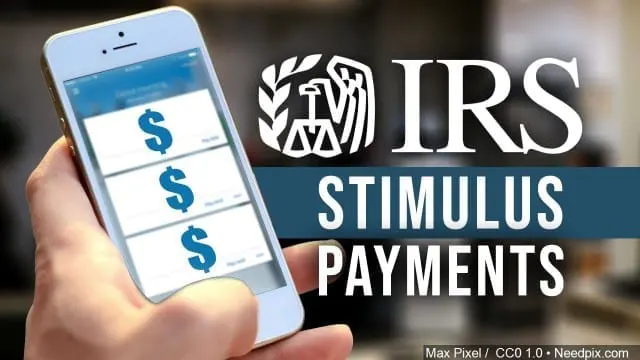
You’ve probably heard that the IRS will be making millions of “economic impact payments” (also known as “recovery rebates”) in the coming months to help people stay afloat during this time of economic uncertainty related to the COVID-19 pandemic. Here’s what you need to know about this program.
Amount of Payment: The IRS will soon begin making payment of up to $1,200 to eligible taxpayers or up to $2,400 to married couples filing jointly. Parents will get an additional $500 for each dependent child under the age of 17. Thus, the payment for a qualifying married couple filing jointly with two children under 17 will be $3,400.
Who is eligible: U.S citizens and residents are eligible for full payment if their adjusted gross income (AGI) is under $75,00 (single or married filing separately), $112,500 (head of household), and $150,000 (joint filers). The individual must not be the dependent of another taxpayer and must have social security number that authorizes employment in the U.S. If you don’t qualify in 2018 and 2019, there still is a chance to claim the stimulus as a credit on your 2020 income tax return if you’re income falls within the thresholds.
Phaseout based on income: For individuals whose AGI exceeds the above thresholds, the payment amount is phased out at the rate of $5 for each $100 of income. Thus, the payment is completely phased out for single filers with AGI over $99,000 and for joint filers with no children with AGI over $198,000. For a married couple with two children, the payment will be completely phased out if their AGI exceeds $218,000. For 3 children, I would suspect full phase out being between $227,000-$232,000.
How to get a payment: The vast majority of people won’t have to do anything in order to receive an economic stimulus payment. The IRS will calculate and send the payment automatically to those who are eligible.
If you’ve already filed your 2019 tax return, the IRS will use the AGI and dependents from that return to calculate the payment amount. If you haven’t filed for 2019 yet, information from your 2018 return will be used.
The IRS will deposit the payment directly into the banking account reflected on the return. The IRS is building a second tool, Get My Payment for individuals to provide banking information to the IRS, so that payment can be received as direct deposit, rather than paper check in the mail. Paper checks are estimated to take a lot longer, potentially months. We strongly encourage you to update your banking information with the IRS and will keep you posted on our social media pages for the link to that web-based portal as soon as it’s released. The IRS has been having issues with the Get My Payment tool as of April 16. Keep checking back on the Get My Payment tool for updates.
People who are not otherwise required to file a tax return will not need to do anything. The IRS will use for 1099-SSA OR RRB-1099 to locate your information. If you would like to enter your direct deposit information, please visit the new IRS portal tool. This tool was just released late Friday night and is only for non-filers to enter their direct deposit information.
When will I receive my stimulus check? As early as the week of April 13th. We will notify our followers as soon as we hear of one of our clients successfully confirm receipt!
The best part of it all: Economic impact payments will not be included in the recipient’s income for tax purposes. There has been speculation going around due to a misinterpretation from a CNBC article as to the stimulus check being an “advance” on your 2020 tax return and you’ll have to pay it back next year.The stimulus check remains a tax credit “advance”, therefore you do not have to pay it back next year. If you did not qualify for the stimulus check based from 2018 or 2019 numbers, don’t worry, there is still a chance you can claim in with the filing of your 2020 tax return!
Enjoy and stay safe.
Keith and Chris Boyer





